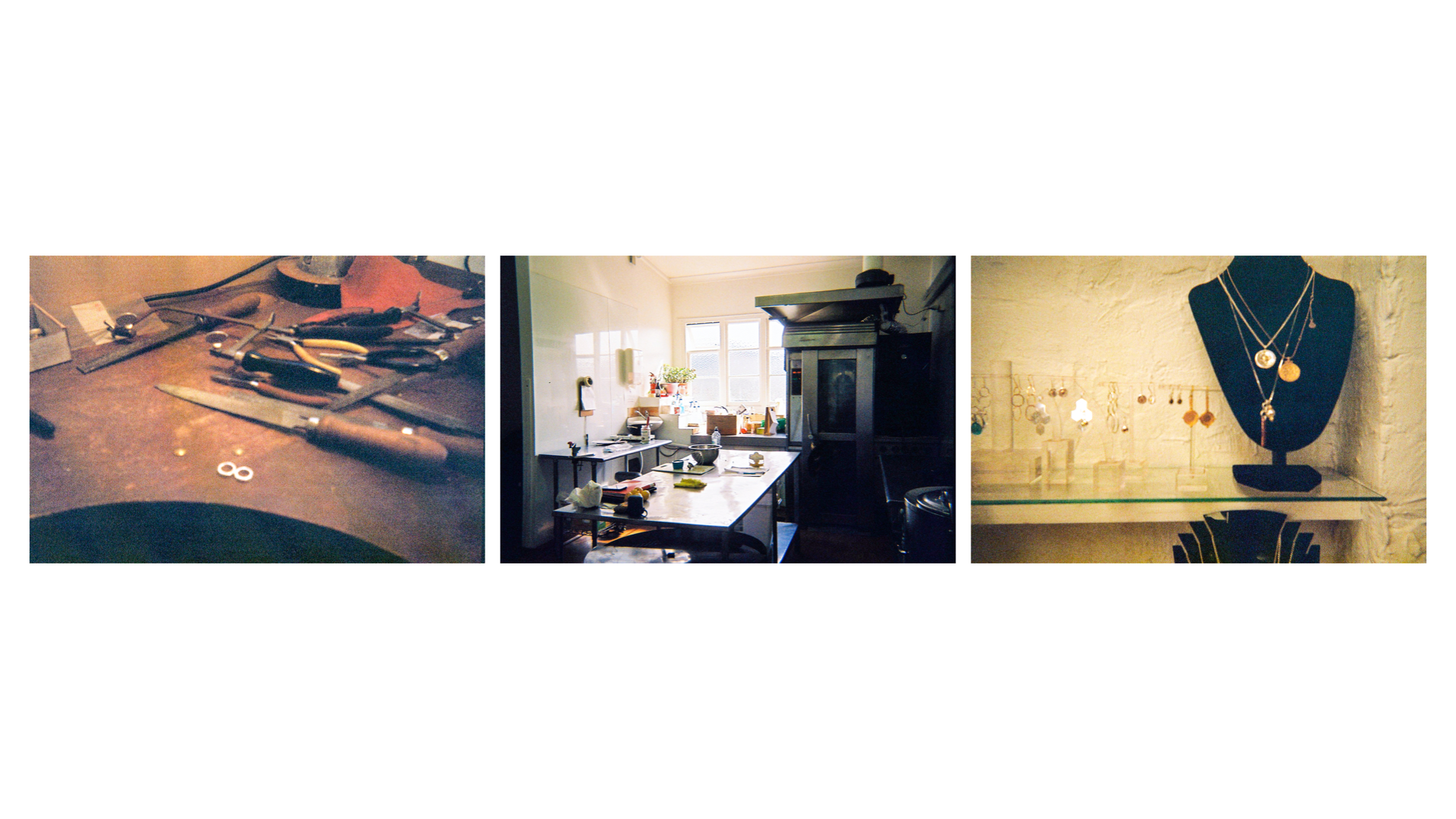The brief for this assignment was to create a news website. I decided to centre my news website around politics as this is an area I find very interesting, and one that I believe is viewed as archaic. I wanted my website to be reminiscent of a newspaper, as this is a very 'traditional' medium, with a strong typographic appearance. This was also to allow the content to be more easily digested. An important aspect of this website, and one that I struggled with was ensuring that the content wasn't presented in a way that was biased. This was important to me as politics is often seen as a very controversial topic, and one that can be divisive. I also wanted it to inform viewers perspectives, not just fuel the one they already have. A requirement of this assignment was that it needed to have enough content to support six user journeys, three desktop and three mobile.
I wanted to demonstrate the journey a user would take if they were accessing the website for the first time. Because I wanted to provide the user with the opportunity to save and keep track of the content they interacted with and read, I needed to have a sign in/registration function. After the user has signed up they are directed to their Account page with an overview of how each of the sections functioned, and where they can go to add content to these areas.
This journey provides the user with the ability to filter the news by the government portfolio they are interested in. It also demonstrates how the user would add an article to their Read Later section in their Account page. A function that would be interesting to explore further would be the ability to save their most used filter choices to their Account page to shortcut the journey.
One of the main elements of this website is the lack of a comments section as I believe these play into a confirmation bias, however I still wanted a way for people to express their own opinions which is why I included the Like/Dislike feature. The user is recommended Politicking articles after they react. This gives the user the opportunity to see content that both aligns with their opinion, or contrasts it. When the user reacts to the article it will appear in their Account page, and also gives them the opportunity to revisit the article at any point to see if their opinion or reaction has changed. The Politicking page can also be accessed through the main navigation.
Many people are unaware of what is going on in their region, or regarding their region. I wanted to provide a platform where users could access this information. It also allows users to find information about areas they themselves are not a part of. I wanted to have a regional search, instead of an electoral search as there are fewer regions, and not everyone knows the name of the electorates. The main Electorates page features the most recent articles from every region, while the specific search pages show recent regional updates, and breakdown the electorates and their representatives.
As politics is such an overwhelming and often off-putting area, I wanted to provide a way for a user that was new to the political world, such as a first time voter, to gain a better understanding of how the system works in New Zealand, and where their beliefs sit within this. I wanted to emphasise the test element as it is a key feature of the user journey and the Pols 101 webpage, which is why it pops up as a banner across the bottom.
Podcasts are an easy way for people to access and gain information that may be difficult to digest in other ways. This is why I chose to include it as one of my journeys. I wanted to provide a way for the user ti download the podcast to listen offline and save ones they want to refer back to, to their profile page. The user can access the podcasts via the homepage, as well as a specific Podcast page as I wanted to make it easily available.







